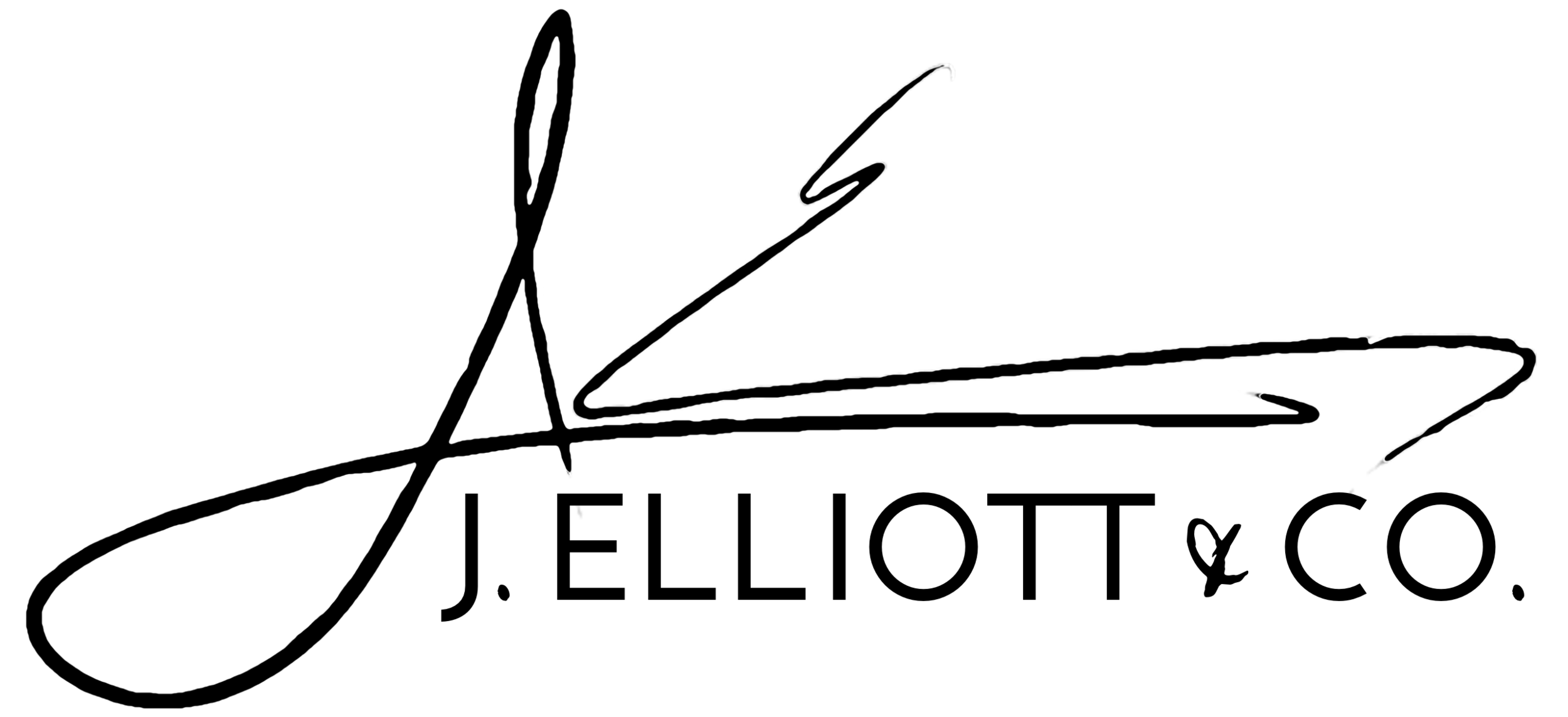The ResInno Effect
SCIENTIFIC RESEARCH
The ResInno Effect reduces the unpleasant, unharmonic frequencies that are normally part of all piano tone. The reduction of this “noise” or “hash” gives greater clarity to the more harmonic frequencies, or “partials”, greatly enhancing the overall tone quality of the piano.
The ResInno Effect comes from increasing the acoustic isolation, using a specific mix of design and materials, of the piano from the floor.
The Royal Ebony Scientific Research
By: Gary Baldassari, Director of Engineering for Incorporated Magi,
Royal Ebony Fast Fourier Transform (FFT) analysis and predictions:
These are the initial conclusions which were derived from measurements taken on Friday, May 28, 2010 in the Reeves Theater at The University of Tampa.
As with much scientific exploration, two valuable things were learned from our hypothesis/theory and have opened up for discussion three more items regarding why the Royal Ebony sounds better and plays easier than any other piano.
It was predicted we would see a measurable difference on the FFT and hear a discernible difference between normal Yamaha C7 Legs and associated case parts, and the Royal Ebony upgrade on the same piano.
Over 30 of the world’s renowned jazz and classical piano players have all experienced the Royal Ebony results and all have confirmed their impressions of the experience. We have condensed their impressions to these subjects: the Royal Ebony upgrade is richer sounding, produces more music with less effort, and is clearer sounding than any other piano. In the piano world, the thought is that more power is achieved with a larger piano. However, it is our theory that by removing unwanted non-musical haze, the result is the impression of more power. Most players say the Royal Ebony upgrade piano makes a seven foot piano sound like a nine foot piano.
This explanation of the waveform analysis for the Royal Ebony can be repeated and confirmed by anyone with a Tascam DVRA 1000 HD DVD recorder and a real time FFT. We can supply the DSD recording as requested.
At this writing, when one looks at the twin waveforms, they are created from DSD recordings of the same piano. To switch the piano legs and case parts, the piano is only moved vertically one inch for each leg. We removed the normal Yamaha C7 legs, music desk, pedal lyre, and bench (NL) and replaced them with the Royal Ebony upgrade of each item (RE). Nothing in the recording chain is touched from the microphone’s placement, cables, pre-amp settings, or DSD recorder.
What is illustrated are still-frame shots taken from video of the DSD recording on Friday, May 28, 2010. On the left are Normal Legs and associated equipment (NL) on the right Royal Ebony legs and other upgrade equipment (RE). Each note is struck and held for
sustain with a mechanical device that produces identical down pressure on each strike. This was confirmed by repeated engagement and measurement of the result. All notes SPL were struck within one-tenth of a dB.
We selected C-2 for our first measurement.
We followed the white paper from process in the manner set forth by Gary Baldassari, Director of Engineering for Incorporated Magi, to accumulate the data.
Control Issue: The FFT is read, what is shown is a zoomed sweep for greater accuracy rather than a a 20-to-20 KHz full-scale sweep. The zoom scale is 4.6 Hz on the left, all the way to 2446.2 Hz on the right. Each vertical graticule line is exactly 4.6 Hz from the previous line or next line. This yields an accurate viewing of several notes and their harmonic structure. The pitch-tuned musical fundamental and harmonics will be not exactly what the FFT reads. For example: on the first scan, a C-2 with a
fundamental of 65 Hz, the cursor is set at 131.2 Hz, near the second harmonic. The real harmonic of a piano properly tuned is really 130 Hz. The FFT scale error is in the analyzers inability to be extremely resolved. The same note was struck with our mechanical performance apparatus that we still-frame multiple times. On each of the video taped variations, the cursor was moved on the FFT to read the voltage and displayed the frequency of another harmonic for level verification.
NL C-2: 1.3 dB, 131.2 Hz
C2- 65 HZ FUNDAMENTAL: CURSOR SET FOR SECOND HARMONIC NEAR 130 HZ
It is clear there is a resolution improvement between the NL and the RE. By viewing the space between the predictable harmonics, one can notice the NL is filled-in while the RE has greater separation. By using the side scale graticule, it can measure up to 15 dB less haze on the RE yielding more real music. This is the area where we believe the RE gains the clarity advantage. We call this audible, measurable, and displayable phenomenon “haze”. Even though the RE is .4 dB softer with an equal strike of the piano note, the acoustic effect is that it sounds stronger. This is the introduction of what we call the “ResInno Effect.”
C2-65 HZ FUNDAMENTAL: CURSOR SET TO THIRD HARMONIC NEAR 195 HZ
The strength of this harmonic surprised us as it is the third harmonic. It is 2.7 dB stronger on the RE. Again the valleys between harmonics are deeper resulting in less haze.

